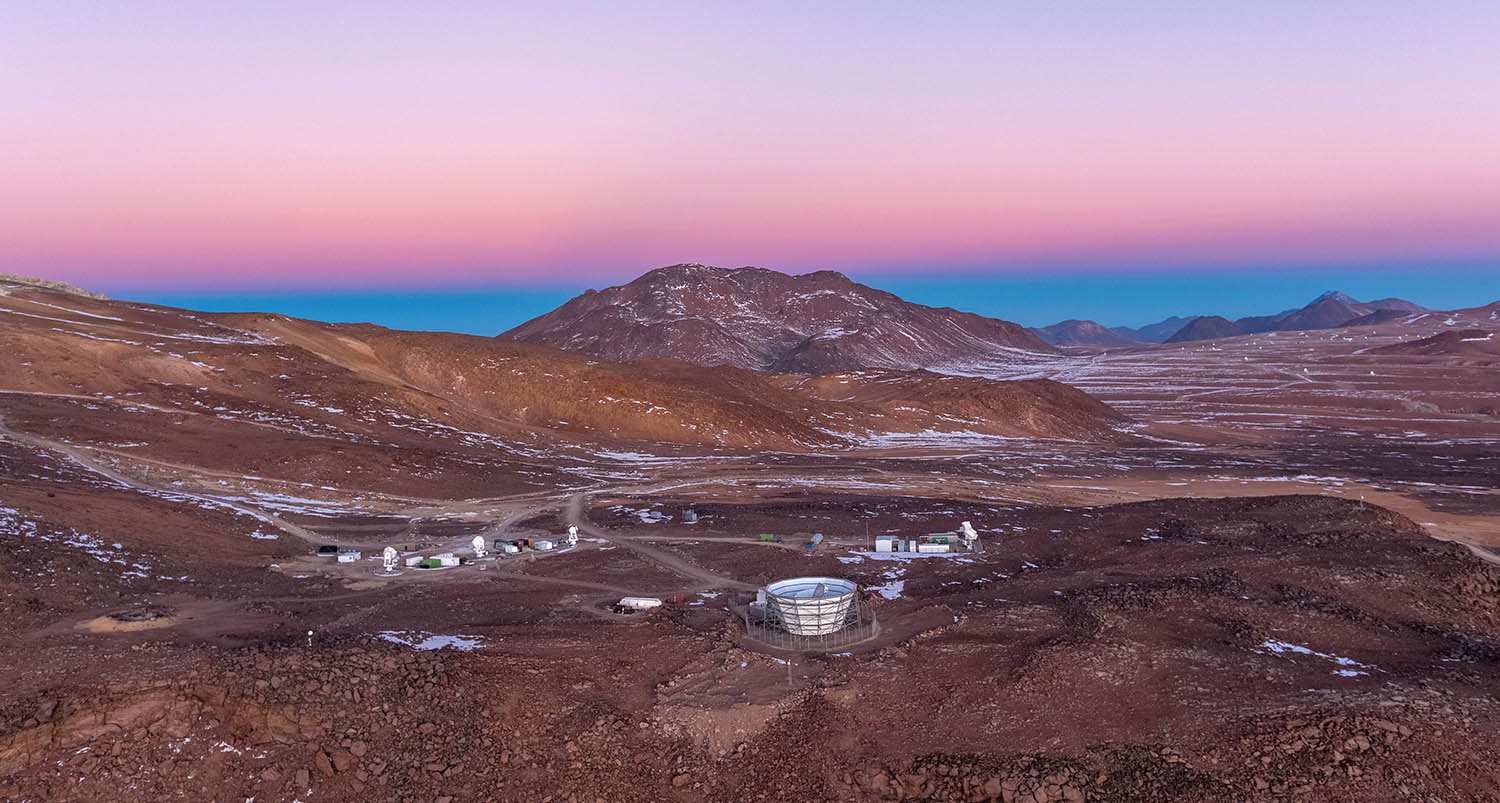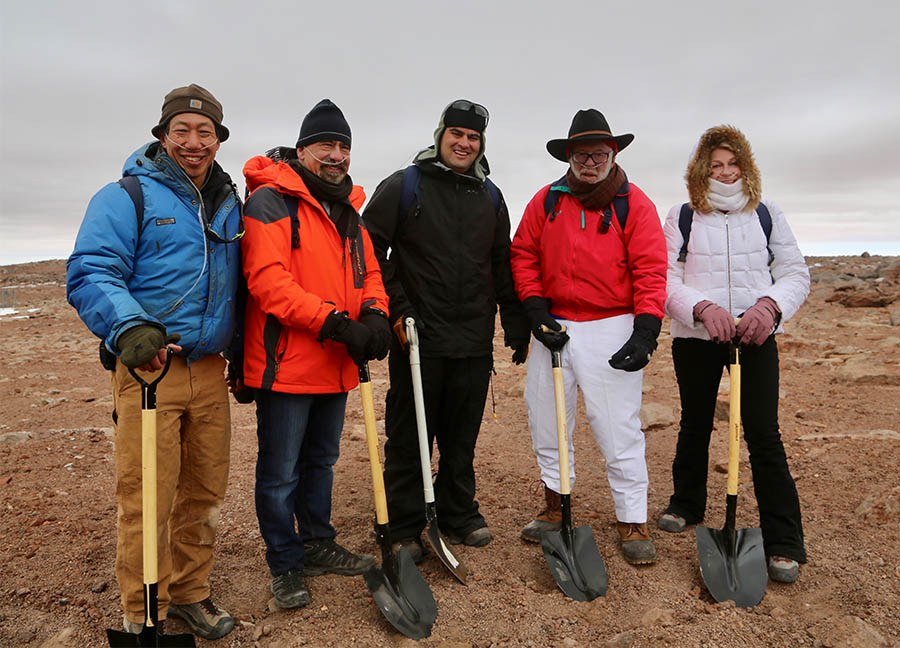Simons Foundation Commits $20 Million in Quest to Understand Universe’s Beginning
Published Date
By:
- Jade Griffin
Share This:
Article Content

The site of Simons Observatory in the Atacama Desert in Chile.
Scientists may come one step closer to understanding the conditions of the universe moments after its inception, thanks to a future commitment of $20 million made by the Simons Foundation. The funds will support the operations of the Simons Observatory, contingent upon the successful completion of the design and construction of the project. An official groundbreaking ceremony for the Simons Observatory was held on June 30 at the observatory site in Chile’s Atacama Desert (at 17,200 feet in elevation).
The project was made possible with $60 million in funding previously provided by the Simons Foundation. The additional $20 million in operations funding would be made over a span of five years, beginning in 2022.
A consortium of researchers, including astrophysicists from the University of California San Diego, will use the observatory to measure the cosmic microwave background (CMB) which provides a window to the physics of the earliest universe, the nature of dark energy, the properties of neutrinos and how gravity imposed structure on the universe.
The Simons Foundation is a longtime supporter of the quest to understand the early universe. Co-founded in New York City by Jim and Marilyn Simons, the foundation’s mission is to advance the frontiers of research in mathematics and the basic sciences. The couple was honored in 2018 as recipients of UC San Diego’s prestigious Chancellor’s Medal award.

A groundbreaking ceremony was held on June 30 at the Simons Observatory site in the Atacama Desert. From left, Adrian Lee of UC Berkeley, David Spergel of Princeton University/Flatiron Institute, Brian Keating of UC San Diego, and Jim and Marilyn Simons.
“We are so grateful to Jim and Marilyn Simons at the Simons Foundation and for the foundation’s longstanding and sustained support of the revolutionary research that will be made possible with the Simons Observatory,” said UC San Diego Chancellor Pradeep K. Khosla. “The Simons Foundation’s future commitment and the strong collaboration of our partner institutions will bring us one step closer to answering fundamental questions around the conditions of our universe at its earliest stages.”
The project involves researchers and support from UC San Diego; University of Pennsylvania; University of California, Berkeley; Princeton University; Lawrence Berkeley National Laboratory; the Flatiron Institute and 40 partner institutions around the world.
“The Simons Observatory is a flagship project in cosmology supported by the Simons Foundation in partnership with the Heising-Simons Foundation and participating institutions,” said Greg Gabadadze, associate director of the Mathematics and Physical Sciences division of the Simons Foundation. “The project aims to define the research on the cosmic microwave background radiation in the next decade, with a focus on the fundamental physics imprints carried by the radiation from the earliest moments of the universe.”
A primary objective of the Simons Observatory is to search the sky for the signature of the gravitational waves generated immediately following the origin of the universe. Gravitational waves—possibly created by violent expansion in the fabric of space called inflation, a leading theory about the beginning of the universe—may induce faint but detectable polarization patterns in the CMB at microwave wavelengths that can be detected by specialized telescopes and cameras.
“This new commitment from the Simons Foundation will be transformative, not only for the Simons Observatory, but for cosmology as a whole. Upon completion of the Observatory, it will support the operation of the largest, most complex, most ambitious observatory of its kind. It will allow our scientists to develop and test new models for the origin, evolution and structure of the universe using the largest such data set ever acquired,” said Brian Keating, Chancellor’s Distinguished Professor of Physics at UC San Diego’s Center for Astrophysics and Space Sciences, who is the director of the Simons Observatory.
The Simons Observatory is located in Chile, on the west slope of the Andes in the Parque Astronómico, which is administered by the Comisión Nacional de Investigación Científica y Tecnológica. The site is one of the highest and driest places on Earth at 17,000 feet above sea level, making it one of the planet’s best locations for the observatory. The high elevation means that it lies above half of the Earth’s atmosphere. Because water vapor absorbs microwaves, the dry climate allows the already thin atmosphere to transmit even more of the faint cosmic microwave background radiation.
Once construction and installation of the Simons Observatory are completed, the future commitment from the Simons Foundation will provide funding for observatory operations and data analysis over a span of five years.
Share This:
You May Also Like
Stay in the Know
Keep up with all the latest from UC San Diego. Subscribe to the newsletter today.



